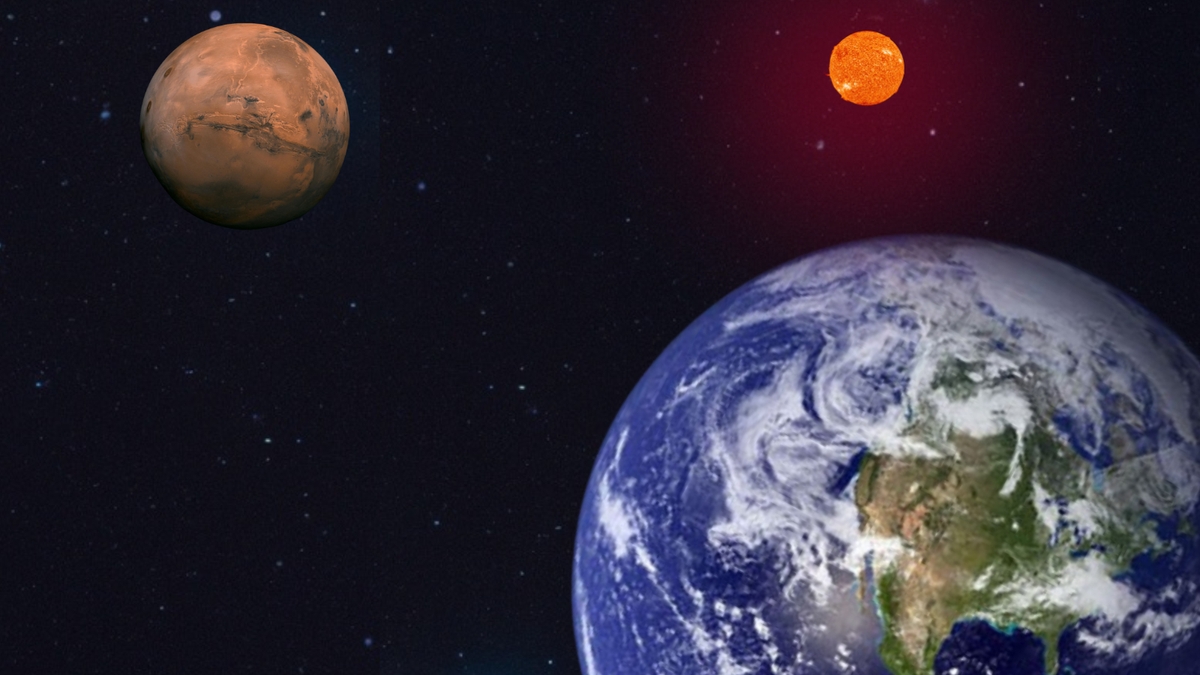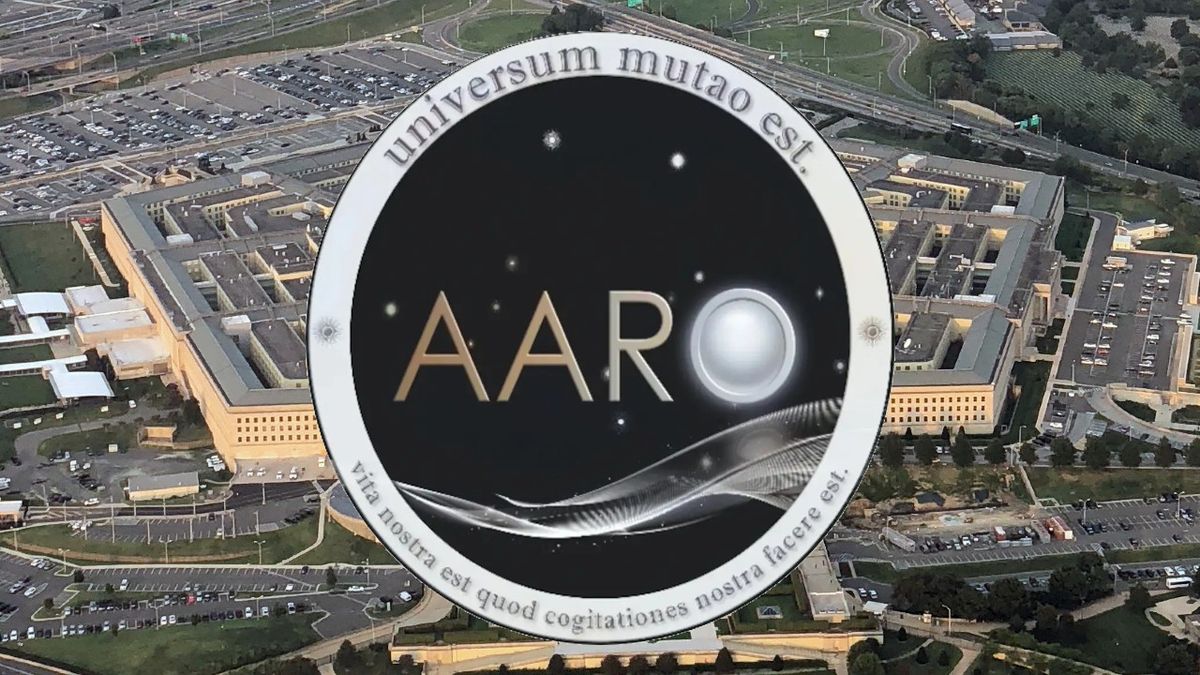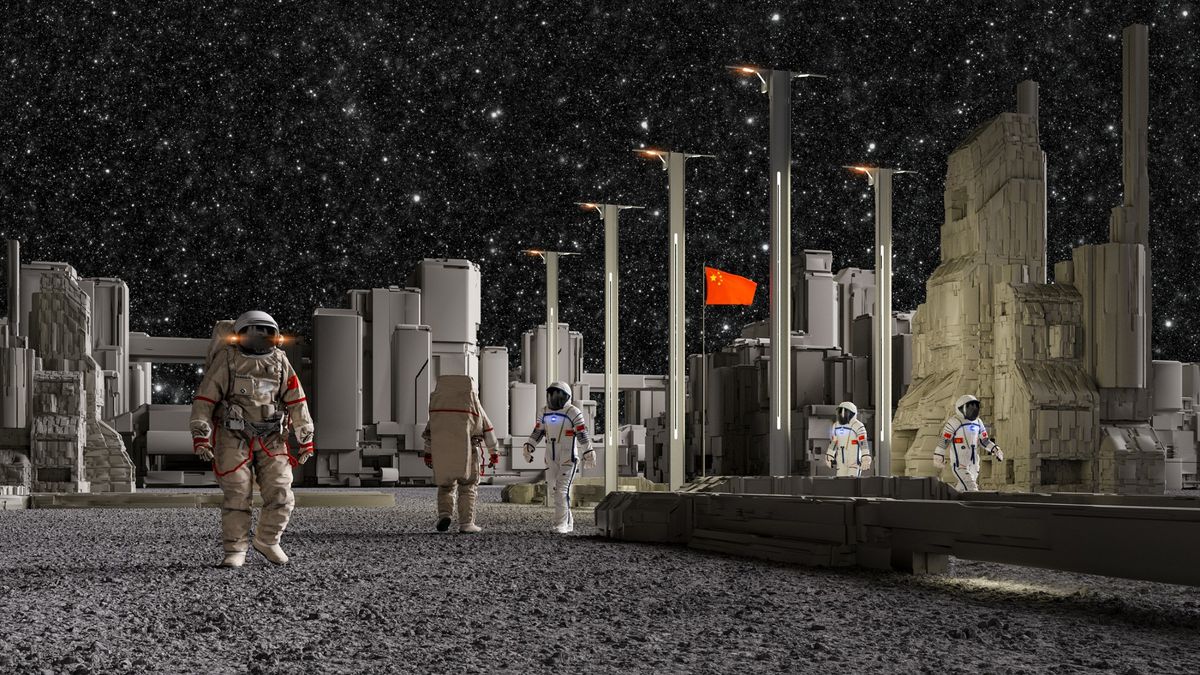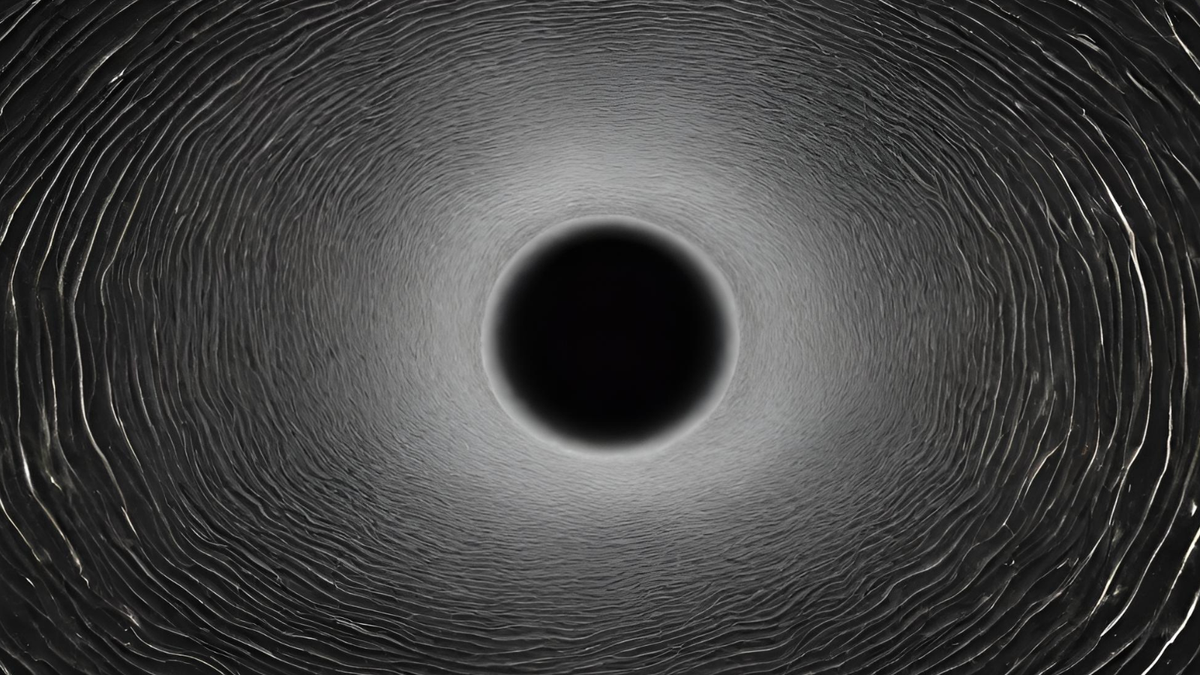Scientific Discovery Unveils a 2.4-Million-Year Cycle Governed by Mars and Earth
Researchers have recently unearthed geological evidence indicating a profound gravitational interplay between Mars and Earth that propels a 2.4-million-year rotation within deep-sea currents, coupled with global warming. This unparalleled connection between Mars and Earth’s oceans and climate demonstrates a fluctuation in deep currents along with periods of heightened solar energy and resultant warming. Notably, this revelation sheds light on the long-term climate shifts that stem from natural causes, distinct from the contemporary climate change provoked by human-induced greenhouse gas emissions. The acquisition of this knowledge is poised to advance future climate modeling endeavors, assert team members.
Exploring Oceanic Dynamics Through the Ages
Conducted by a team led by esteemed scientist Adriana Dutkiewicz from the University of Sydney, the study sought to ascertain whether ocean-bottom currents exhibit heightened activity or reduced momentum during warmer climatic epochs. Leveraging half a century’s worth of scientific drilling data amassed from myriad sites worldwide, this research provided insights into the historical vigor of deep-sea currents across the past five decades. Additionally, by delving nearly 65 million years into the past, almost retracing to the era of dinosaurs, the team scrutinized Earth’s deep-sea sediment records to discern potential correlations between alterations in Earth’s orbit and sedimentary transformations. In this quest, the team unearthed 2.4-million-year cycles, dubbed “astronomical grand cycles,” directly linked to the orbital trajectories of Earth and Mars.
Revelation of Orbital Resonance Effects on Oceanic Phenomena
Professor Dietmar Müller, co-author of the study, elucidated on how Earth and Mars’ orbits induce profound oceanic fluctuations. The gravitational interaction, termed resonance, between these neighboring planets spurs changes in their respective eccentricities, which delineates the circularity of their orbits. Resultantly, Earth undergoes periods of heightened solar irradiance, thereby ushering in warmer climates. These 2.4-million-year cycles pinpoint significant lacunae in the deep-sea sedimentary archives, indicating phases of intensified oceanic circulation. The team’s discoveries underscore the pivotal role played by the circular water movements generating diminutive whirlpools, or “eddies,” within the oceanic depths during periods of thermal upsurge.
These eddies could potentially counterbalance oceanic stagnation, a phenomenon that many scientists predict would transpire following the deceleration or cessation of the Atlantic Meridional Overturning Circulation (AMOC). As a massive network of oceanic currents responsible for ferrying warm tropical waters to the North Atlantic Ocean, the AMOC engenders the Gulf Stream’s momentum and upholds the temperate climates in Europe.
Image/Photo credit: source url





